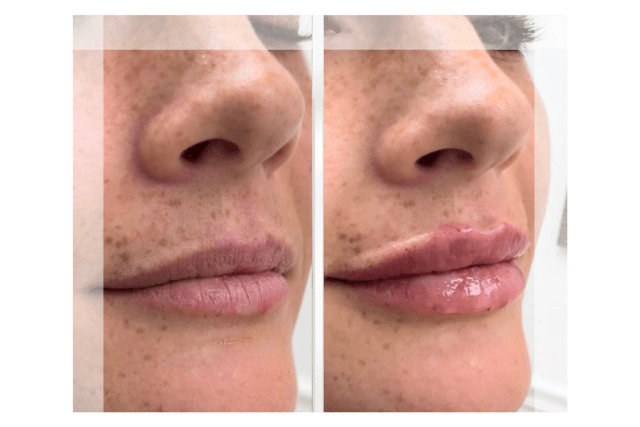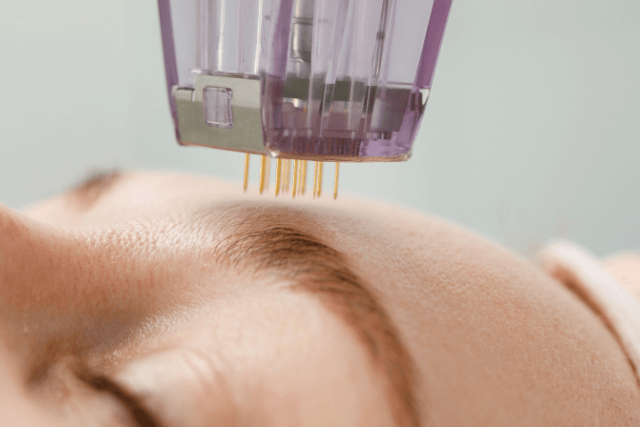A lipoma is a soft, fatty lump that grows slowly under the skin. Most lipomas are noncancerous and do not cause harm. However, they can become uncomfortable, noticeable, or bothersome depending on their size and location. Because of this, many people seek medical evaluation and, in some cases, removal.
Lipomas are among the most common soft tissue tumors. While they can occur in anyone, they appear more frequently in middle-aged adults. Knowing what a lipoma is, how it forms, and what symptoms to watch for is important for early detection and proper care.
In this guide, we will explore what lipomas are, what causes them, how they appear, the different types, and available treatment options.
Causes of Lipoma
What Leads to Lipoma Formation?
The exact cause is still unclear. However, several factors appear to play a role in its development. These include genetics, age, and specific medical conditions. Let’s explore the possible causes below.
Genetic Factors
Genetics seems to play a strong role. People with a family history of lipomas are more likely to develop them. In fact, certain hereditary conditions, such as familial multiple lipomatosis, increase the risk of developing multiple lipomas throughout the body.
Age and Gender
Lipomas are more commonly diagnosed in people between the ages of 40 and 60. They are slightly more common in men than in women. While they can occur at any age, they are rare in children.
Injuries and Trauma
In some cases, they form at the site of an injury or trauma. Although there is no strong scientific link, some people report noticing a soft lump after a fall, bump, or strain. This may be coincidental, but it is worth mentioning to your doctor.
Medical Conditions
Certain health conditions are associated with a higher risk of lipoma development. These include:
- Adiposis dolorosa (Dercum’s disease)
- Madelung’s disease (multiple symmetric lipomatosis)
- Gardner’s syndrome
- Cowden syndrome
Although rare, these disorders may cause multiple lipomas and other symptoms throughout the body.
Symptoms of Lipoma
The most noticeable symptom of a lipoma is a soft lump under the skin. These lumps are usually:
- Soft or doughy to the touch
- Movable when pressed
- Painless, although some may cause discomfort if pressing on nearby nerves or tissues
- Slow-growing
- Located on the neck, shoulders, back, abdomen, arms, or thighs
They vary in size. Some are as small as a pea, while others may grow several inches wide. In most cases, they remain small and stable over time.
When to See a Doctor
Although most lipomas are harmless, you should consult a doctor if:
- The lump grows quickly
- Pain or tenderness develops
- The lump feels hard or does not move easily
- Skin over the lump becomes red or warm
- You notice multiple new lumps
These signs may suggest a different condition or require further evaluation. Imaging or a biopsy may help your provider confirm the diagnosis.
Common Lipoma Types
Understanding Lipoma Variations
Not all lipomas are the same. In fact, several subtypes exist, based on the tissue they contain and their location. Therefore, recognizing the type of lipoma can ultimately help your doctor recommend the most appropriate treatment.
Conventional Lipoma
This is the most common type. In most cases, it consists only of mature fat cells and appears just under the skin. Typically, it is soft, painless, and slow to grow. As a result, it rarely causes complications unless it becomes large or noticeable.
Fibrolipoma
A fibrolipoma contains both fat and fibrous tissue. These lumps may feel firmer than regular lipomas and are still noncancerous.
Angiolipoma
An angiolipoma contains fat and blood vessels. This type can cause pain or discomfort, especially when touched. It is more likely to appear in younger adults.
Spindle Cell Lipoma
This type includes fat and spindle-shaped cells. It often appears on the back, shoulders, or neck of middle-aged men.
Hibernoma
This rare type develops from brown fat, which is more active in infants. While benign, hibernomas grow more quickly than typical lipomas and may require surgical removal.
Intramuscular Lipoma
These lipomas grow within the muscles and may cause discomfort or weakness. Although benign, their location can interfere with movement and strength.
Lipoma Diagnosis Process
Doctors can often diagnose a lipoma based on a physical exam. However, additional tests may be used to rule out other conditions or confirm the diagnosis.
Physical Examination
During the exam, the doctor will:
- Inspect the size, shape, and texture of the lump
- Check whether the lump moves under the skin
- Ask about pain, growth rate, or changes in appearance
Imaging Tests
If the diagnosis is unclear, your provider may order imaging. These include:
- Ultrasound: Helps distinguish a lipoma from a cyst or other mass
- MRI or CT scan: Used if the lump is deep, growing, or causing symptoms
Biopsy
In rare cases, the doctor may take a small tissue sample (biopsy) to examine under a microscope. Typically, this helps confirm the lump is noncancerous. In addition, it can rule out conditions like liposarcoma, a rare cancer of fat cells. Therefore, a biopsy is an important step when the diagnosis is unclear.
Lipoma Treatment Options
Do All Lipomas Need Treatment?
Not all lipomas require removal. Many people choose to leave them alone if they are small, painless, and not growing. However, treatment may be recommended if:
- The lump causes pain or discomfort
- It presses on nearby nerves or tissues
- It grows noticeably over time
- It becomes infected or changes in appearance
- It interferes with movement or function
- The patient wants it removed for cosmetic reasons
Surgical Removal
Surgical excision is the most common and effective way to remove a lipoma. The procedure is usually simple and done under local anesthesia in a clinic or outpatient center.
During surgery, the doctor:
- Numbs the area with local anesthesia
- Makes a small incision over the lump
- Removes the fatty tissue completely
- Closes the incision with stitches or surgical glue
Recovery is typically quick, with mild soreness for a few days. Most people return to normal activities shortly after the procedure.
Liposuction
In some cases, liposuction may be used to remove soft, loose lipomas. This method involves a small incision and a thin tube to suction out the fat.
Liposuction may cause less scarring but is less effective at completely removing the lipoma. For this reason, it is not recommended for firm or deep conditions.
Steroid Injections
Steroid injections may help shrink a lipoma, although they usually do not eliminate it entirely. This approach is used rarely and only in select cases.
Risks and Complications
Is Lipoma Removal Safe?
Yes, removal is generally safe and effective. Still, as with any medical procedure, some risks exist. These include:
- Bleeding or infection at the incision site
- Scarring
- Nerve damage (rare)
- Recurrence of the lipoma, especially if removal is incomplete
Choosing a qualified healthcare provider and following post-procedure care instructions can reduce these risks.
Natural and Home Remedies
Do Home Treatments Work?
There is little scientific evidence supporting natural remedies for lipoma treatment. Some herbal products and supplements claim to shrink lipomas, but these have not been proven effective in clinical trials.
If you are considering alternative approaches, it is important to talk to your healthcare provider. Delaying proper treatment could allow a lump to grow or cause complications.
Can You Prevent Lipoma Formation?
Currently, there is no guaranteed way to prevent a lipoma. Because many cases are linked to genetics, they are not entirely avoidable.
However, general lifestyle practices may help reduce the risk of developing multiple or large lipomas. These include:
- Maintaining a healthy weight
- Avoiding trauma to soft tissues
- Managing underlying health conditions
- Scheduling regular health checkups
Although not proven, these habits support overall skin and tissue health.
Lipoma vs Other Lumps
It is important to distinguish a lipoma from other lumps, especially those that may require urgent care. Here are some common comparisons:
| Condition | Key Features |
|---|---|
| Lipoma | Soft, movable, painless, slow-growing |
| Cyst | Fluid-filled, may become red or infected |
| Abscess | Painful, filled with pus, caused by infection |
| Lymph node swelling | Firm, rubbery, may be tender |
| Liposarcoma | Rare cancer, firm, fast-growing, may be painful |
Living With Lipoma: What to Expect Long-Term
Most lipomas do not cause problems and do not return once removed. However, some people may develop new lipomas over time, especially those with a genetic condition.
Living with a lipoma is usually not harmful. Monitoring the size, appearance, and symptoms is key. If any changes occur, it is important to return to your healthcare provider for re-evaluation.
Final Thoughts
A lipoma is a soft, noncancerous lump that forms under the skin. Although most are harmless, some may cause discomfort or cosmetic concerns. Understanding the causes, symptoms, and treatment options can help you take the right steps toward care.
If you notice a new lump or want to explore removal, talk to a healthcare provider. With the right plan, you can feel more confident about your health and appearance.





